The dark side of second-hand clothing
From the environmental impact to the social, economic and health issues, used clothes are not ethical and sustainable as we think.

The fashion industry is one of the most polluting sectors in the world, as many studies and research have shown over the years.
High greenhouse gas emissions, the use of chemicals, microplastics released with every wash, and high water consumption are just a few examples of how fashion harms the environment. Fast fashion plays an important role here, as its business model is based on the mass production of low-cost clothes, shoes and accessories.
A more sustainable way of approaching fashion, while minimising the effect on the planet, is to turn to second-hand fashion, a world that includes items from designers and collections from the past as well as thrift shops and that has become so successful in recent years that today it is often considered trendier and cooler to wear a second-hand garment than to shop from a fast fashion brand. But buying used clothing can harm the environment as well.
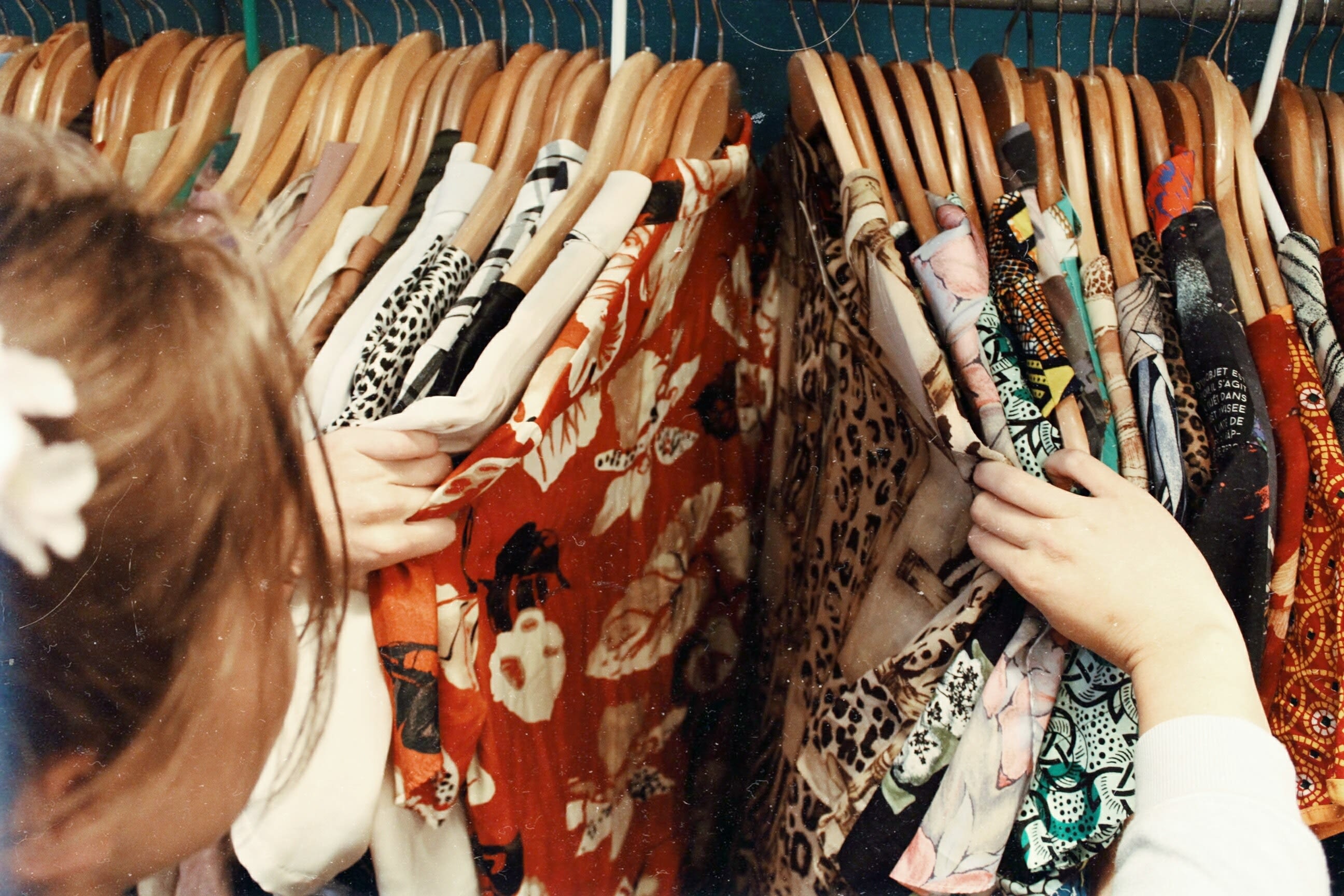

Between 2000 and 2015, the production of clothing roughly doubled worldwide and a garment was used 36% fewer times before being thrown away. 6.4 million tons of clothing were consumed in Europe in 2015. In the UK, more clothes are bought per person than the European average and here, as in France, Germany and Italy, high levels of clothes in residual waste have been recorded.
On the other hand, around 650,000 tonnes of used clothing per year are collected in the UK, where there are more than 3,800 shops selling second-hand items and where sales increased by 27.2% in 2021 alone. However, only 30% of the huge amount of used clothing is sold in the UK. Much of the remaining part is exported abroad, mainly to Africa and Eastern Europe. In fact, charities usually collaborate with textile recyclers to whom unsold items are sent to be managed by recycling them or shipping them abroad, but recycling clothes is not easy. The poorer and poorer quality of the clothes and the combination of different fabrics make recycling clothes very hard, expensive and often just not possible. For instance, according to data from 2015, less than 1% of the material used to produce clothing was recycled and used to make new clothes, while about 12% of the material was recycled and used for other, lower-value purposes, such as stuffing car seats and mattresses.
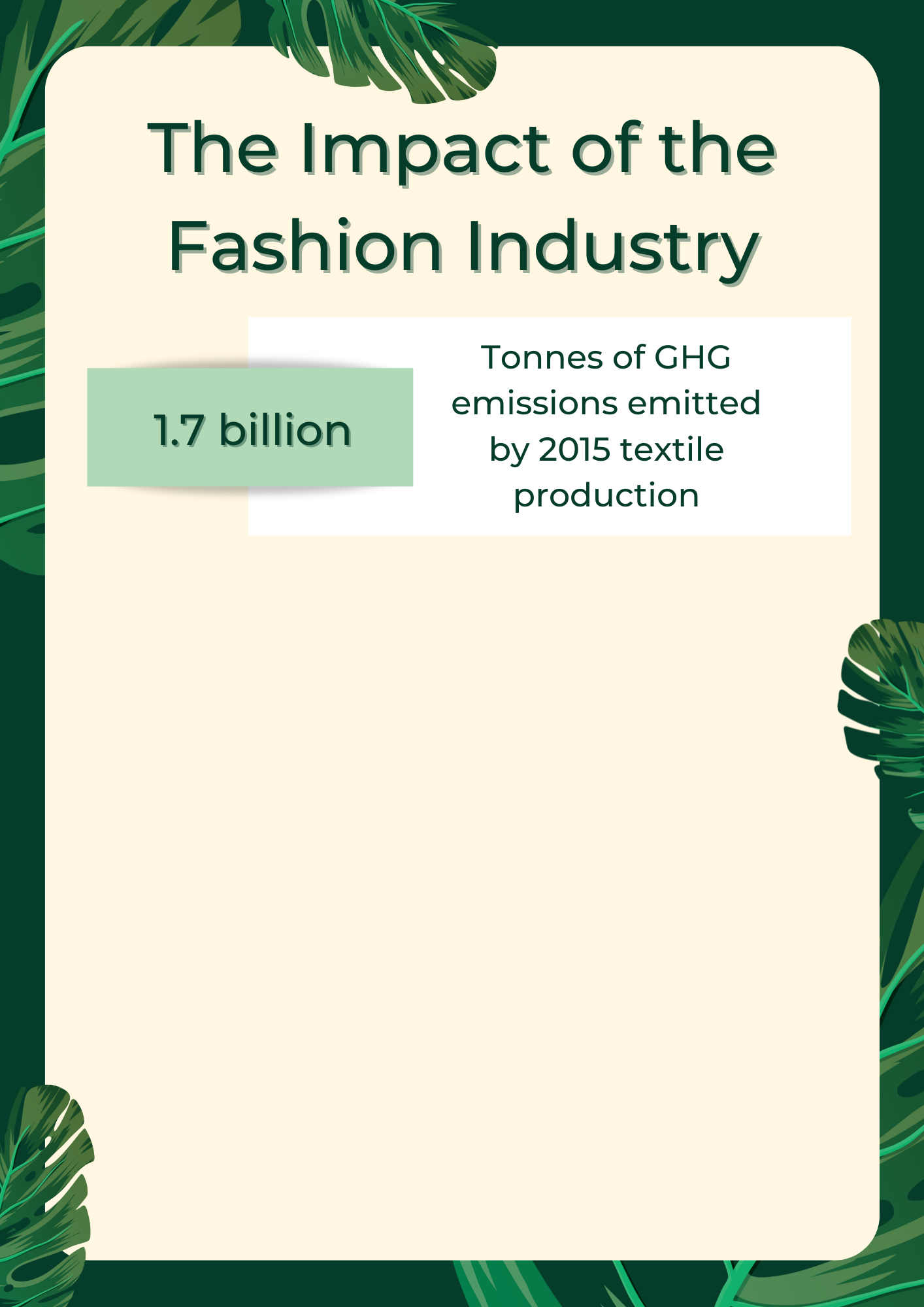
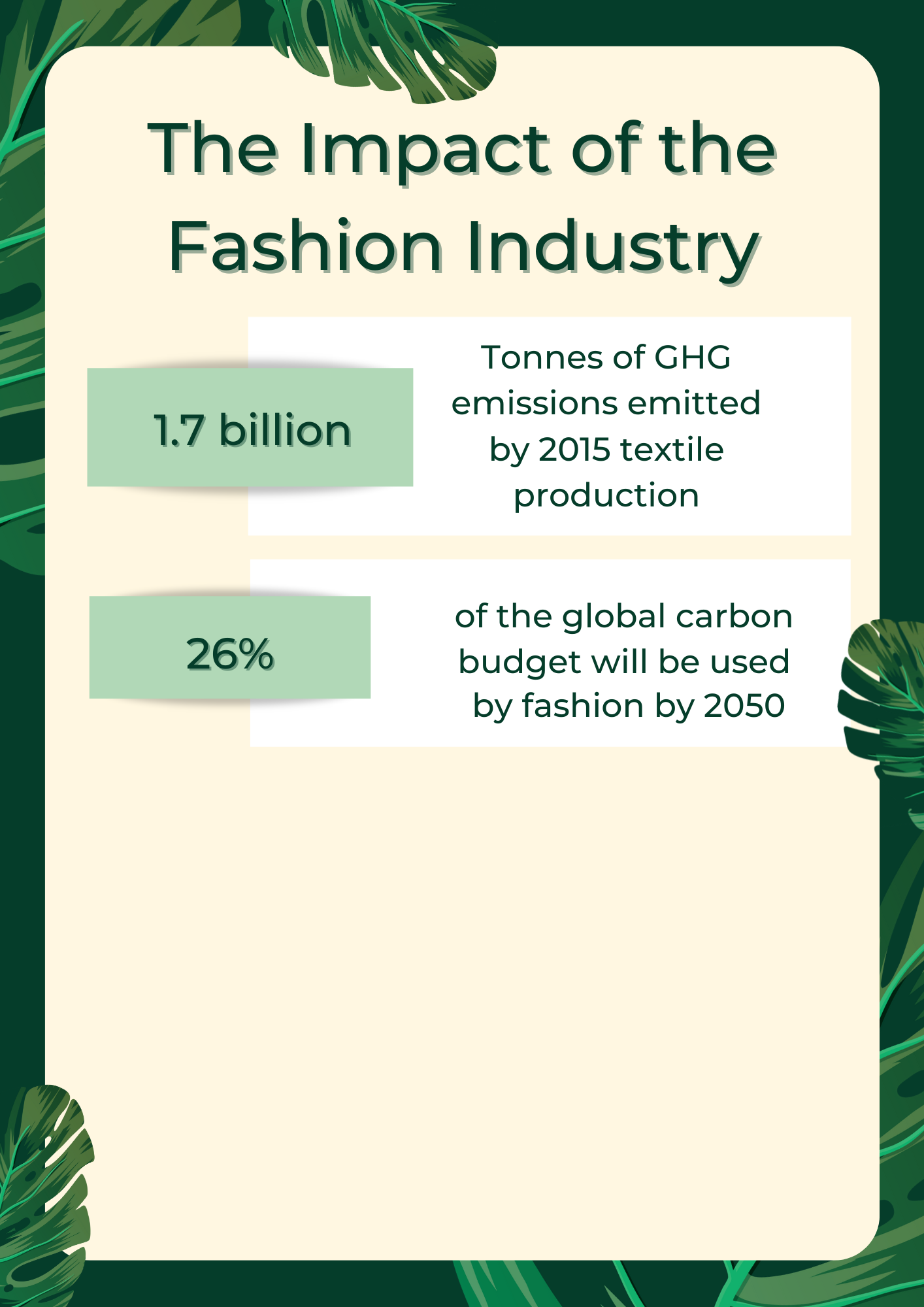
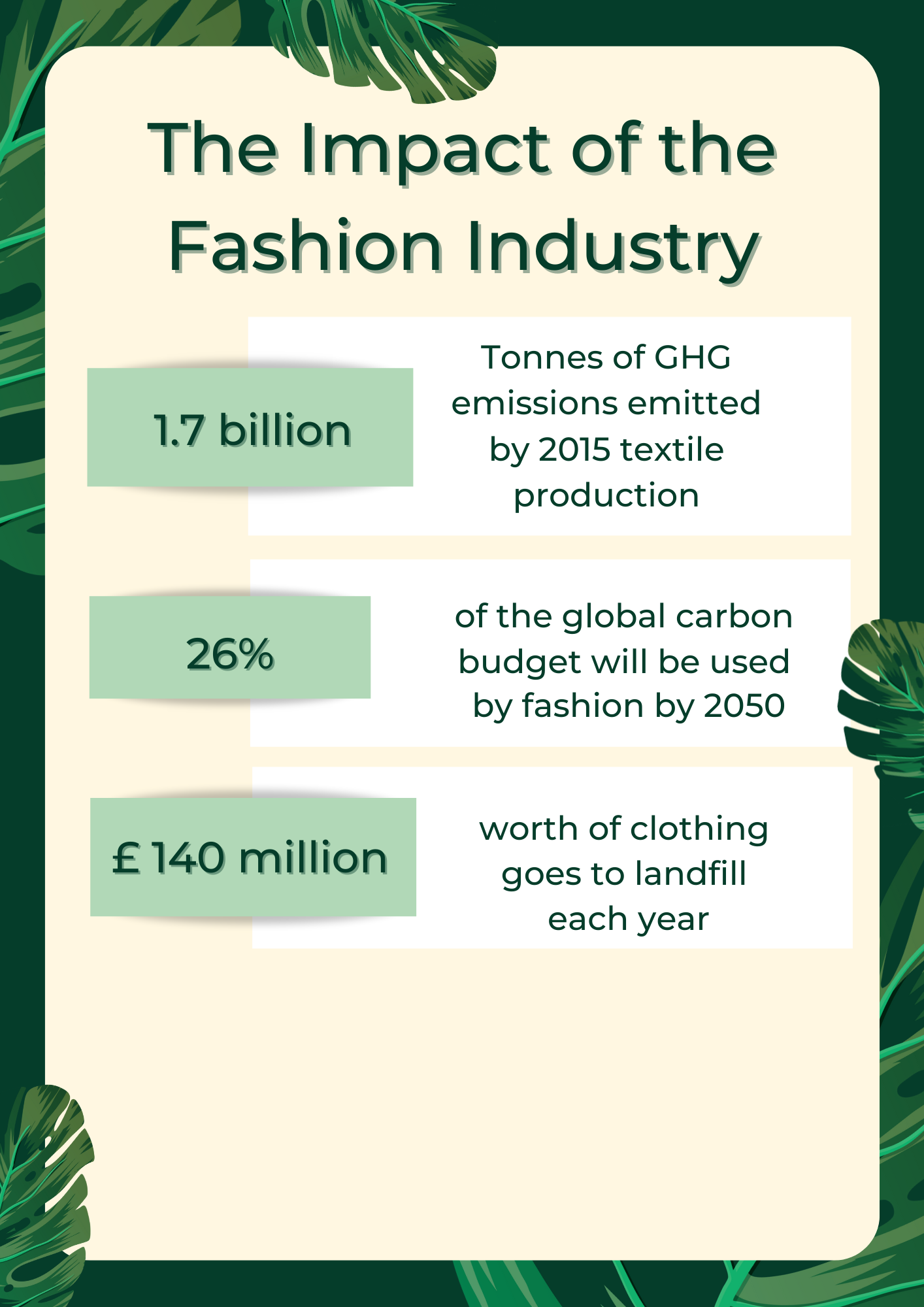
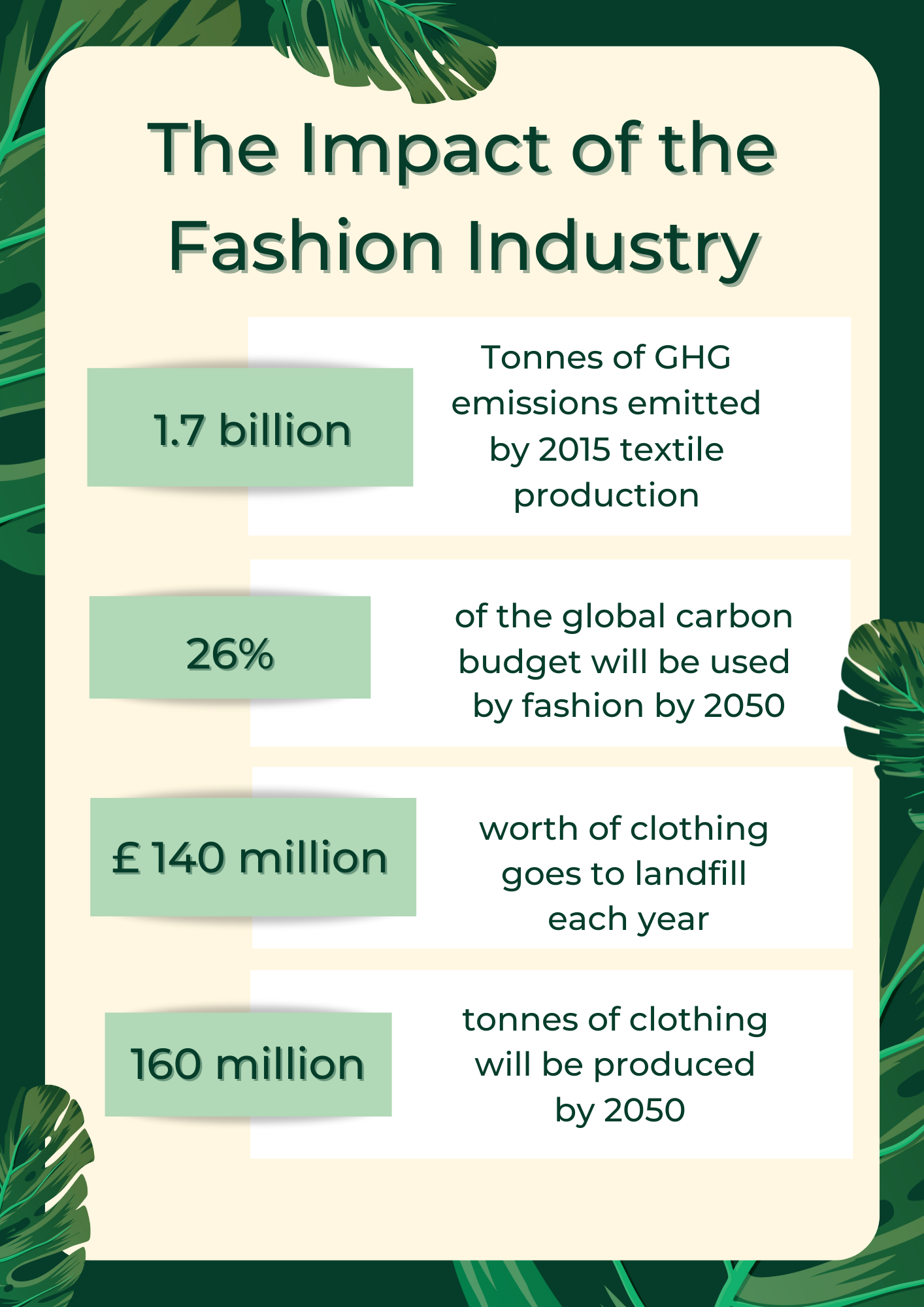
The Charity Retail Association, an association of UK charity shops, claims that only 5% of used garments are disposed of as waste, but as some charities have explained, the cost of this process is all their responsibility.
The Textile Recycling Association, which represents the interests of textile recyclers, said the “used clothing industry does not export waste” but “existing markets would not be able to cope with the ensuing increased supplies of used clothing.”
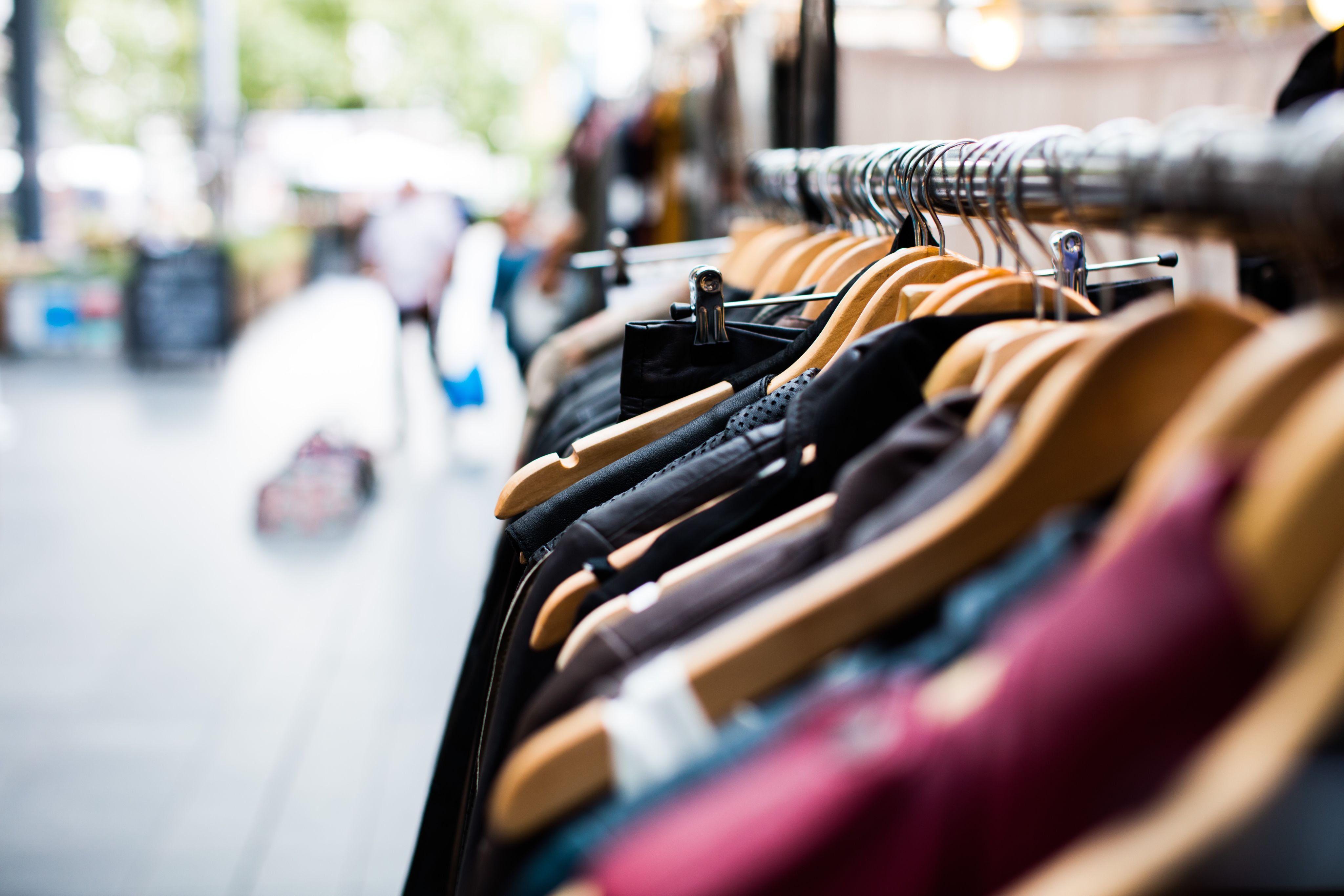


The biggest exporters of used clothes in the world are the US, followed by China, the UK and Germany.
Although second-hand clothes exports decreased by 13.3% between 2019 and 2020, importers still receive more than they can handle.
The United Kingdom exported used clothing worth approximately USD 326.3 million worldwide in 2020.
The main destination for second-hand clothes from the UK is Ghana, where in 2021 the UK exported about USD 80.8 million worth of second-hand clothes.
Ghana alone received about million USD 182 million worth of used clothes in 2020 from all over the world, followed by Ukraine and Pakistan.
The Kantamanto market, in Ghana, is where a huge amount of used and often unusable clothing ends up. It is one of the largest second-hand markets in Africa and West Africa and is located in Accra, the capital of Ghana. Here, every week, sellers buy bales of used clothes with the intention of reselling them to the local population.
The main problem is that they have to pay before they can see what they are getting and before they realise whether they will be able to sell all the items they are buying. As the quality of the garments is getting lower and lower, it is not so unlikely nowadays that they will not cover their costs and a large quantity of garments will remain unsold and be thrown away.
While Accra has the capacity to process about 2,000 metric tonnes of waste per day, it produces almost twice that amount, and a big part is played by unwanted and unsold garments.
The final destination of unwanted clothing coming from abroad is a landfill. About an hour and 15 minutes’ drive from Kantamanto market, there is Kpone landfill, where every day dozens of metric tons of clothing and textile are sent.
Even the sea is polluted with waste.
In 2019, a fire broke out in the landfill site that had been overloaded, and local residents were exposed to the inhalation of toxic fumes. Residents and business owners in Kpone have long complained about the unhygienic state of the area, the smell and the number of flies that made living and working there 'unbearable'. The site was closed after it reached capacity, but other dumpsites have been created spontaneously.
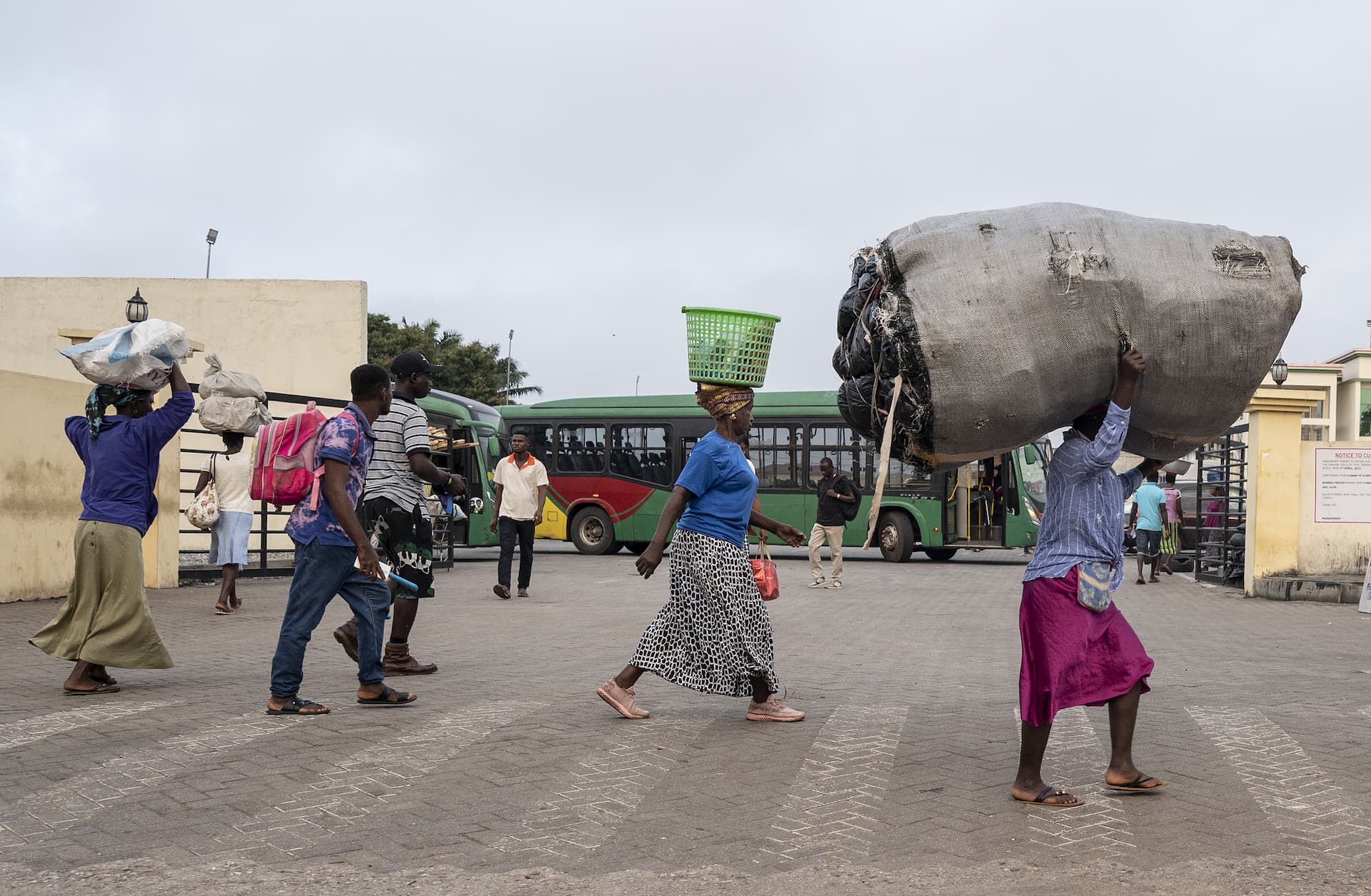


Ghana is not the only country to which used clothes are sent: Sudan is another destination, as is Chile.
Activists have described the decision to send used and unwanted clothes to so-called 'developing' or 'poor' countries as waste colonialism.
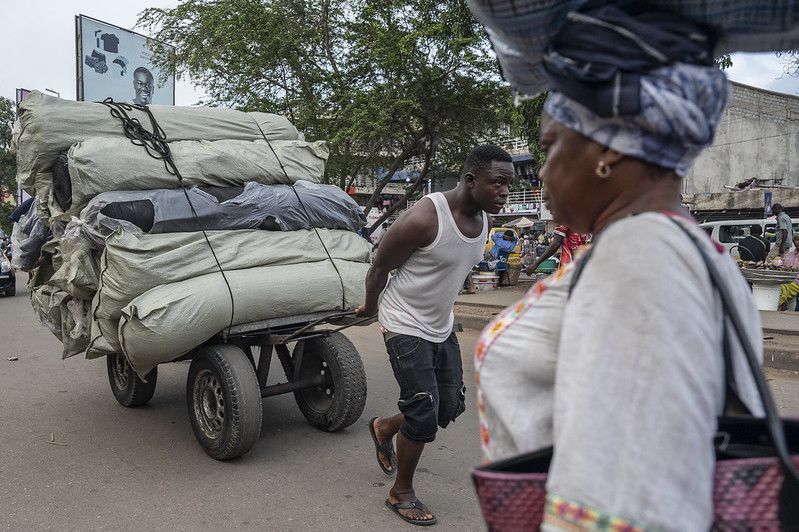


Hadeel Osman, Sudanese creative director, activist and advocate of slow fashion, explained the meaning of ‘waste colonialism’ and the impact it has on local people, the economy and the environment.
The second largest textile landfill in the world, after Ghana, is located in the Atacama Desert in Chile, where 39,000 tonnes of garment waste are collected. Clothes arrive at Iquique, capital of the country and tax-free port, and the majority of them end up in landfills.
In Alto Hospicio alone, “a poor community of land seizures and self-built houses” as the Country Coordinator at the nonprofit organisation Fashion Revolution Chile María Beatriz O’Brien called it, there are 52 landfills. “It’s a forgotten land”, O’Brien told me.
María Beatriz O'Brien (Country Coordinator, Fashion Revolution Chile) describes Alto Hospicio



O'Brien and Osman believe that certain international trade agreements and national economic models play an important role in this.
Osman mentioned Rwanda, which raised tariffs on imported second-hand clothes to protect the dignity not only of the local population but also of fashion designers, who already face the challenges of a 'capitalist world', as Osman said, with fast fashion brands that are often accused of copying the creations of small brands and of greenwashing.
On the other hand, Chile is doing the opposite, with governments and political parties of all political ideologies always claiming that, being Chile a 'small and developing country', they must maintain strong relationships with 'richer' nations. O’Brien told me: “We privileged the world economy instead of our own local economy”.
O'Brien said that Iquique is the port for second-hand clothes not only for Chile, but for the whole South America. "Our neighbouring countries have very strict regulations regarding the import of second-hand clothes," O'Brien said, but this does not prevent second-hand clothes from entering their borders through the so-called 'contrabando', that is the clothes smuggling.
O'Brien added that Chile has also become "a big market for international fast fashion brands" and now the country is facing problems deriving from second-hand imports as well as new clothing, something that she defined as another "type of colonization".
The most common argument politicians use to avoid stricter regulation of the import of used clothes is that it creates job opportunities, but according to O'Brien the resulting economy is "informal and precarious". She added: "Is this the kind of economy we want? Is it the kind of development model we want? No, it is not. It is just a model that will continue the cycle of poverty. No one will come out of poverty with second-hand clothes."
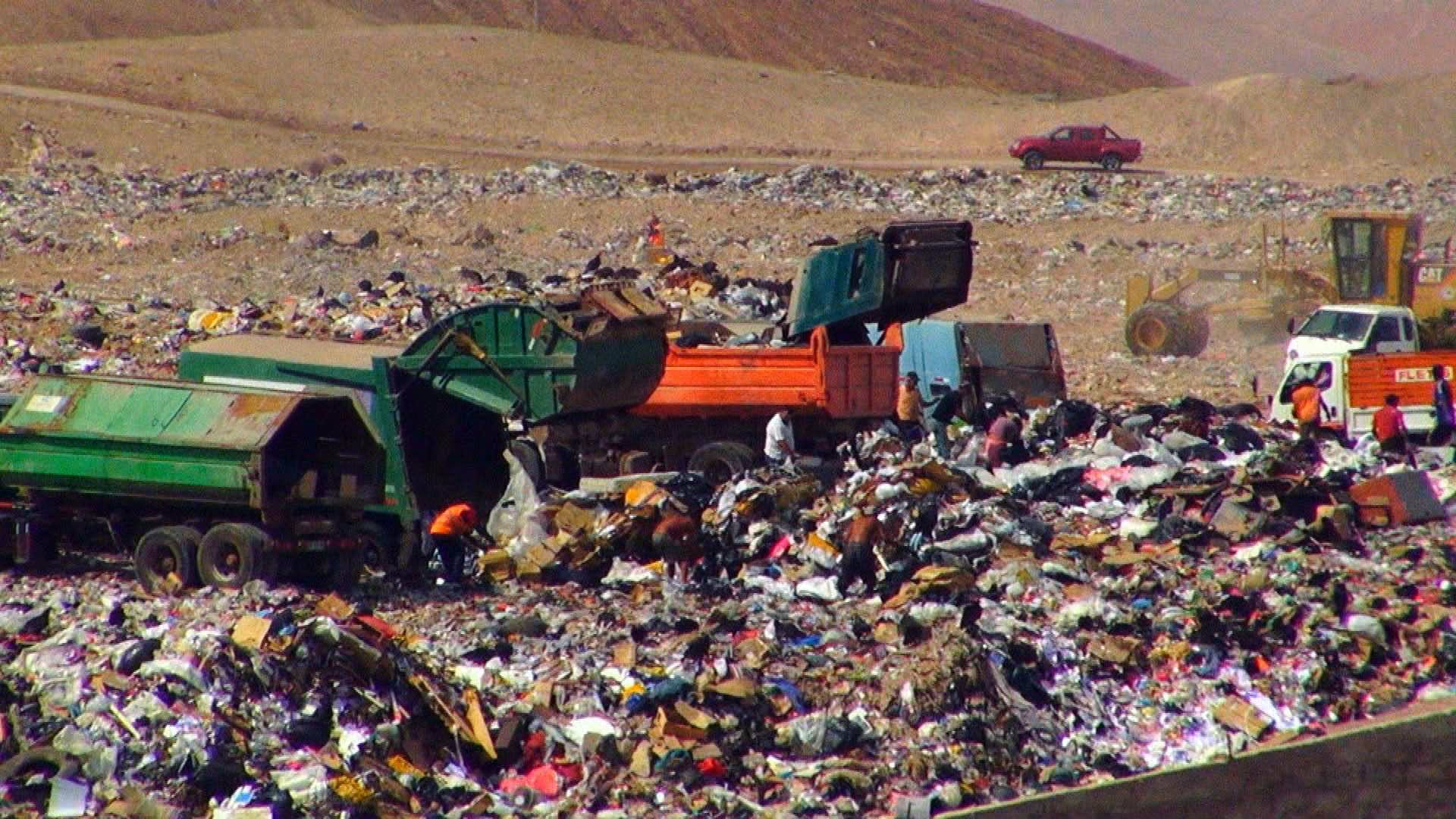

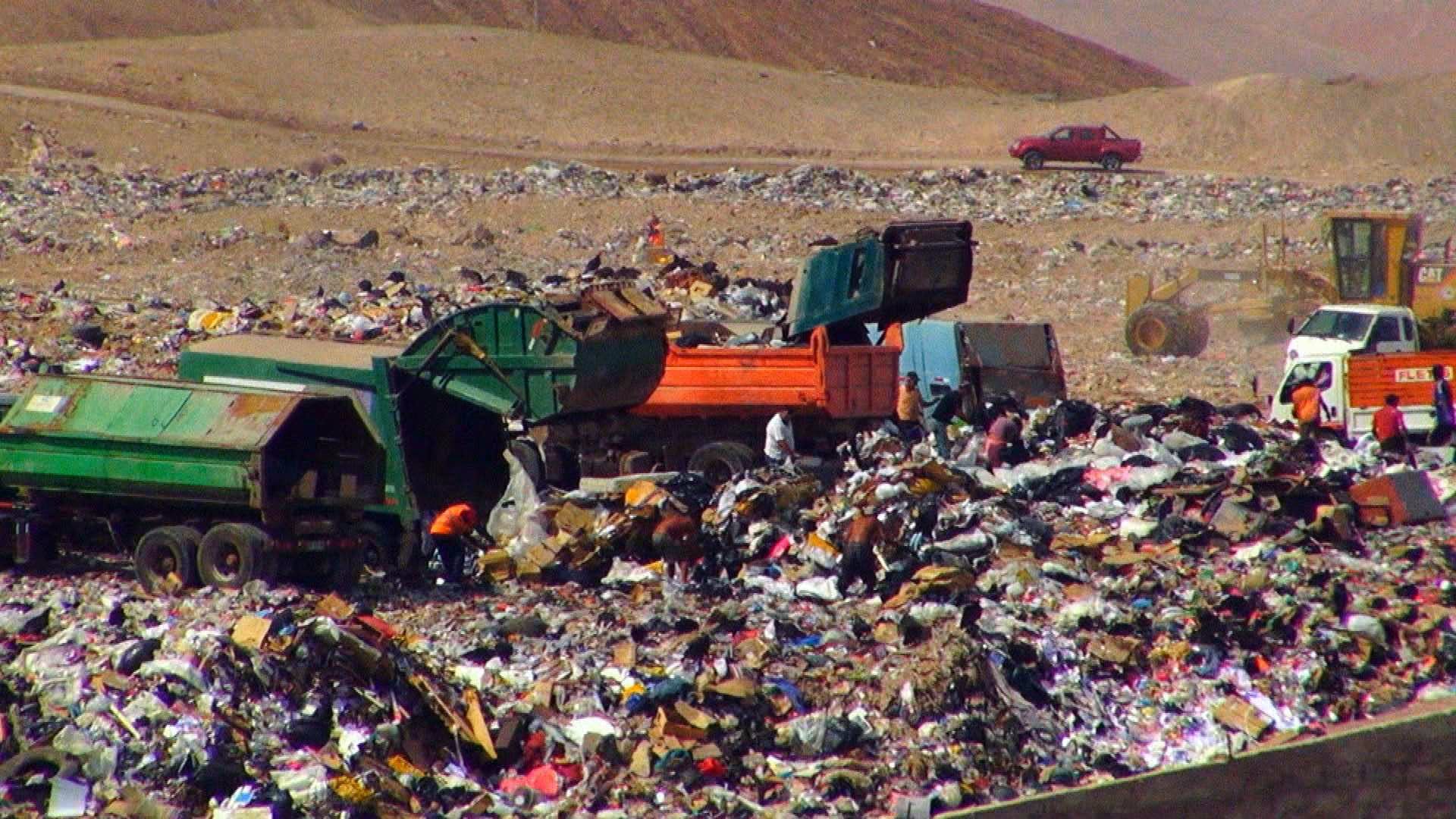

O'Brien explained that in the past, donations and the imports of second-hand clothes were considered very important, especially for people in need: "In the 1970s and 1980s, importing second-hand clothes was an option for people who could not afford to buy clothes or buy them regularly. It was not like today, clothes were expensive", and therefore "there was an economic value and a social value" associated with clothes.
Today we live in a very different world. Clothes are made from very poor quality fabrics, usually by underpaid workers, and this makes it possible to buy fashion items at a very low price.
Linked to this is a kind of addiction to shopping and fast fashion, and the volume of clothes that is increasing faster and faster. Even the idea that all the clothes we don't want anymore can be donated has become an incentive and a justification to buy more. Now sustainability is trendier than ever, but as Osman said, it is not always a good thing.
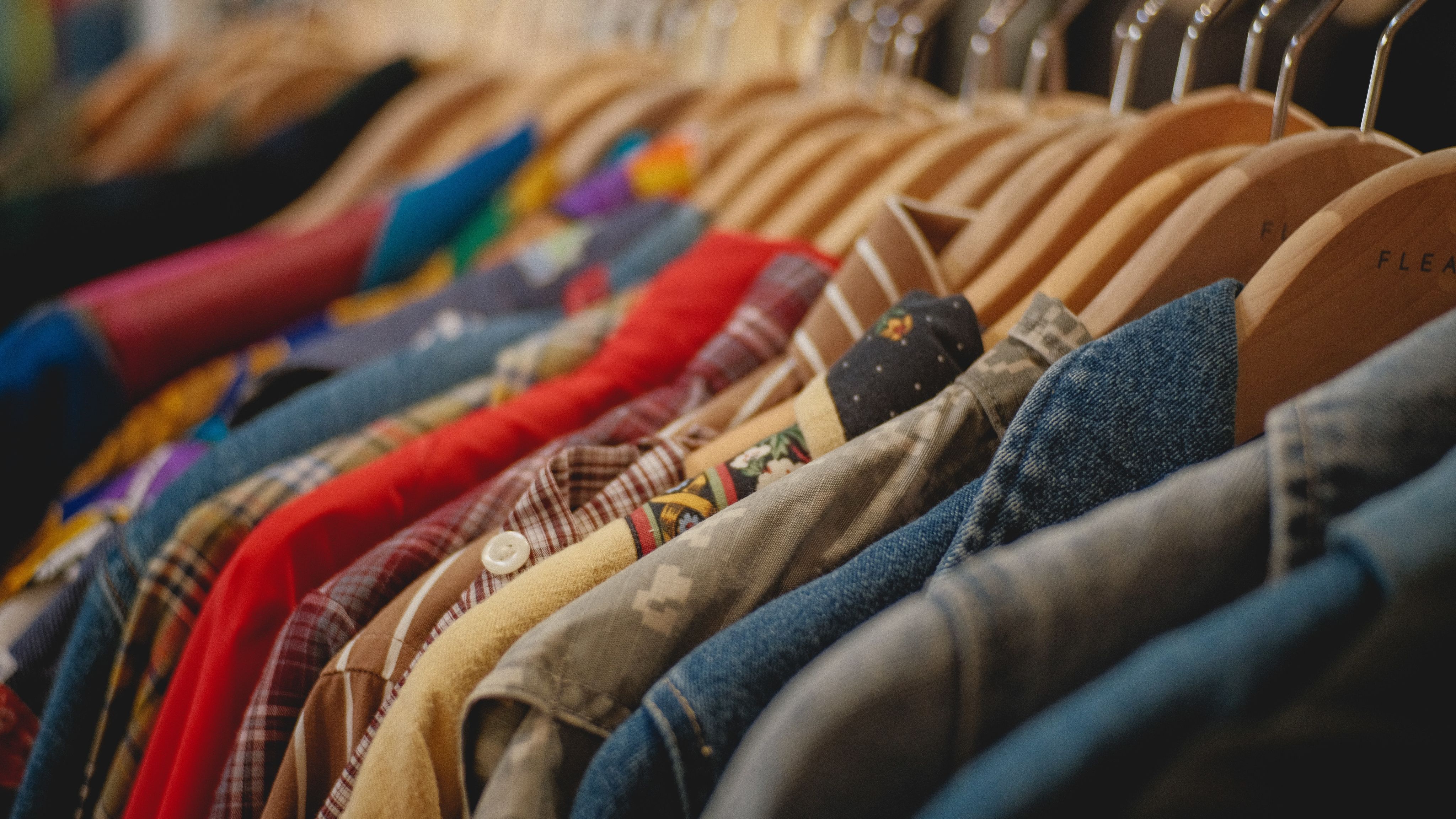
When it comes to donations, Osman is very clear: "We do not want your donations. We are not a charity case".
O'Brien feels the same way, and she also thinks that donations going around the world don't make much sense: "The carbon footprint is huge just to transport the waste," she said.
And to those who want to donate their clothes anyway, she said: "Please, just select what you are going to donate."
Textile waste is a problem on many levels, as it damages the national economies of importers and the health and safety of their populations; and of course it has a huge impact on the environment. But it is also a social and cultural problem, as O'Brien said. A big problem with the fashion industry in the Global North is that "everything is 'far away'", O'Brien explained: "For example, manufacturing is 'far away' from us and you don't see the people making the clothes. If you don't see it, you can forget about it, and that's the problem with waste.
"For me everything about this industry has to do with social justice. If you dump waste, that waste will end up somewhere and it will end up in a poor community, not a rich one."
Please, complete the anonymous survey below on your approach to fashion and sustainability. This survey should only take about 2 minutes of your time to complete.
The Textile Recycling Association was contacted for comment.
Pictures: Unsplash, Pexels, Flickr
Infographics data: British Fashion Council, Observatory of Economic Complexity, Cambridge Dictionary
